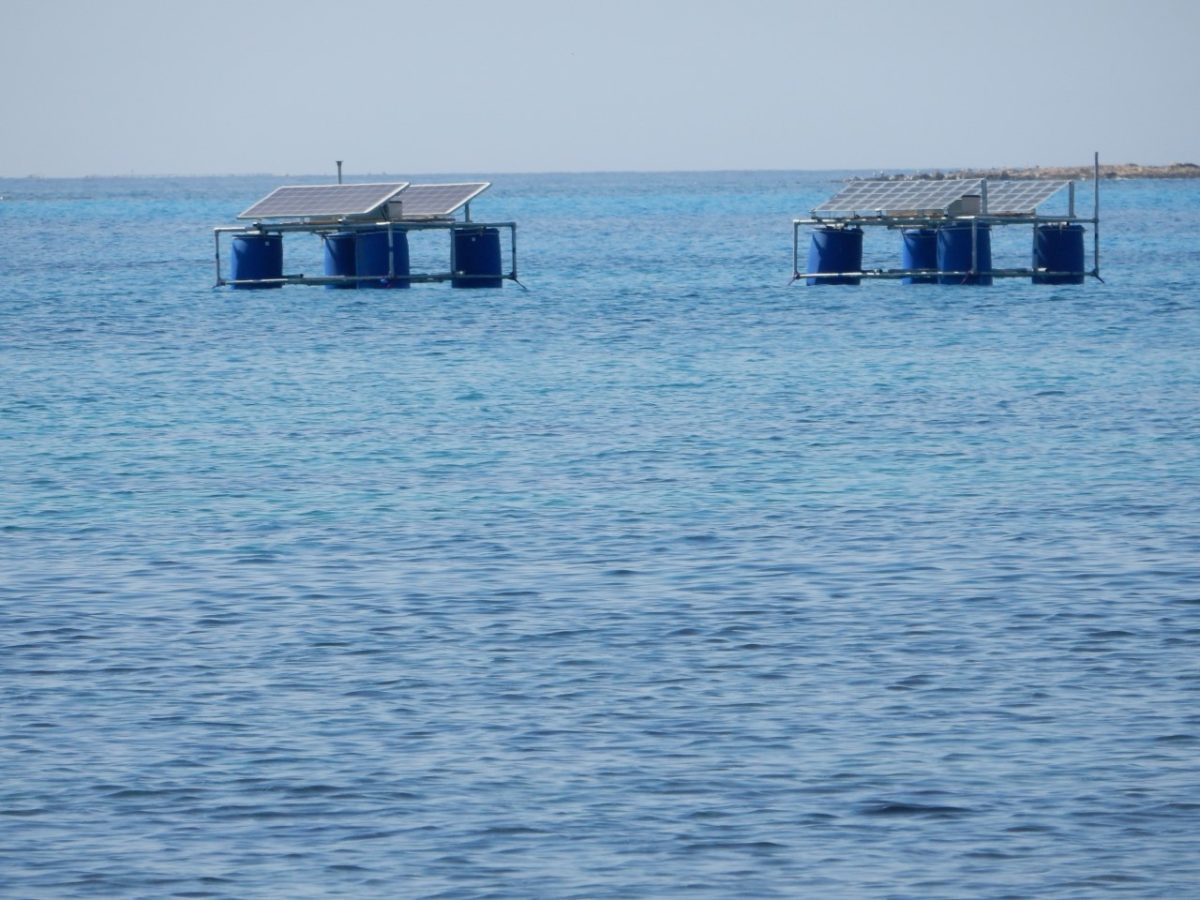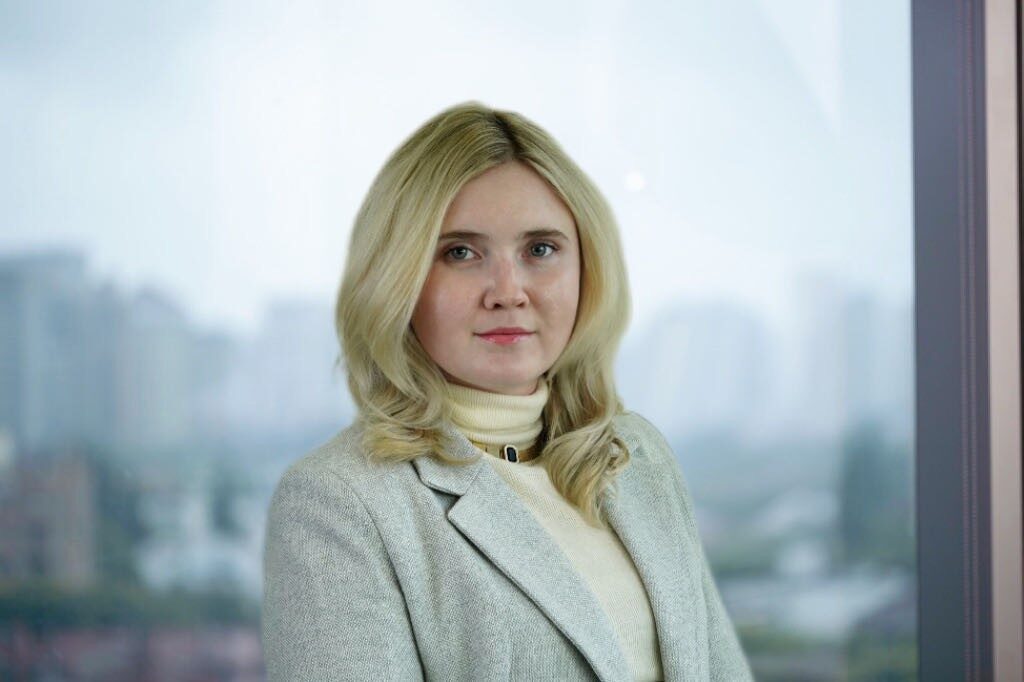Scientists at Malta's Institute for Sustainable Energy have developed floating structures for offshore solar plants that are claimed to be robust enough to withstand central Mediterranean weather and cheap enough to be competitive with ground-mounted solar parks in small islands or large coastal cities.
“We turned to offshore PV out of necessity,” professor Luciano Mule'Stagno, told pv magazine. “Here in Malta, we already have over 180 MW of installed PV capacity and there are not too many surfaces available for ground-mounted PV projects and onshore floating PV is not an option, as there are no water reservoirs or suitable lakes.”
Research on offshore PV began in 2013 and the first prototype of the floating structure, called Solaqua 1, was developed in 2014. “But it went through so many changes ever since, as we needed to adapt it to the performed modeling and cost analysis,” he further explained, noting that land costs currently represent a major hurdle for the deployment of solar parks in Malta, and that a competitive alternative could be found only in offshore waters.
Prototype
The latest version of the floating structure, called Solaqua 2.1, has a modular configuration and will be made of light concrete or similar materials. “We had established, based on modeling, that bigger is better, both for cost and reliability,” Mule'Stagno stated, adding that each structure should provide enough surface to install between 40 and 50m2. The modules would be tied together by ropes or chains and would not form a rigid structure.
With this technology, which is currently being patented, the solar modules sit well above the water level. “To minimize cost, we envision the modules to be constructed of light, reinforced concrete or, eventually, recycled material elements,” the professor emphasized, adding that the structure can also be utilized with standard modules that are currently available on the market. “We have also developed an innovative cooling method using the abundant supply of seawater,” he added. “This method is also being patented and will be used on the Solaqua system, but will also be applicable on land-based systems.”
The structure is claimed to be able to stand waves that could be 6m high, and a small 1:25-scale prototype successfully went through first wave tests in a 2m deep wave tank. “We tested the prototype at the studios of Malta Film Commission, which have wave generators,” Mule'Stagno explained. “But they were not calibrated so our first task was to calibrate the wave generators, followed by testing.”

Image: Institute for Sustainable Energy
With the first version of the prototype, called Solaqua 1, the research team wanted to demonstrate that a moored structure could indeed survive in the open sea and it modeled which shape and size would behave best in central Mediterranean waves. “We tested several concepts – from a steel structure to a coated polystyrene raft,” Mule'Stagno stated. “The systems survived in the water for three years with no problems before they were removed.”
A bigger prototype
The Maltese scientist is targeting to design the structure to work with a sea depth of over 50 meters, which would be as close to shore as possible to minimize the cost of cables. This depth is also considered ideal as the PV system may have only a limited impact on the ecosystem below the panels.
The Maltese scientists are planning to deploy the first prototype in offshore waters in 2023. “It must be located where environmental conditions are the same as those of the Mediterranean sea,” said Mule'Stagno. The system is expected to have a maximum capacity of 150 kW and to utilize standard PV modules and inverters.
The development of the system was initially funded by the Malta Council for Science and Technology, followed by funding from the Maritime Seed Award and the Maltese energy regulator via the Research Trust of the University of Malta. “So this has so far been a completely Maltese funded project,” Mule'Stagno added. “Discussions are under way for the development of the full-scale open-sea trial, Solaqua 3, which we hope to launch next year.”
According to him, different modules will be tested in the future and some standard modules have already been tested successfully. “We are currently in talks with several entities about the funding and eventual exploitation of this technology in Malta and elsewhere,” the professor concluded. “However, we are open to collaborations with any partners who could make this technology a reality.”
This content is protected by copyright and may not be reused. If you want to cooperate with us and would like to reuse some of our content, please contact: editors@pv-magazine.com.




1 comment
By submitting this form you agree to pv magazine using your data for the purposes of publishing your comment.
Your personal data will only be disclosed or otherwise transmitted to third parties for the purposes of spam filtering or if this is necessary for technical maintenance of the website. Any other transfer to third parties will not take place unless this is justified on the basis of applicable data protection regulations or if pv magazine is legally obliged to do so.
You may revoke this consent at any time with effect for the future, in which case your personal data will be deleted immediately. Otherwise, your data will be deleted if pv magazine has processed your request or the purpose of data storage is fulfilled.
Further information on data privacy can be found in our Data Protection Policy.